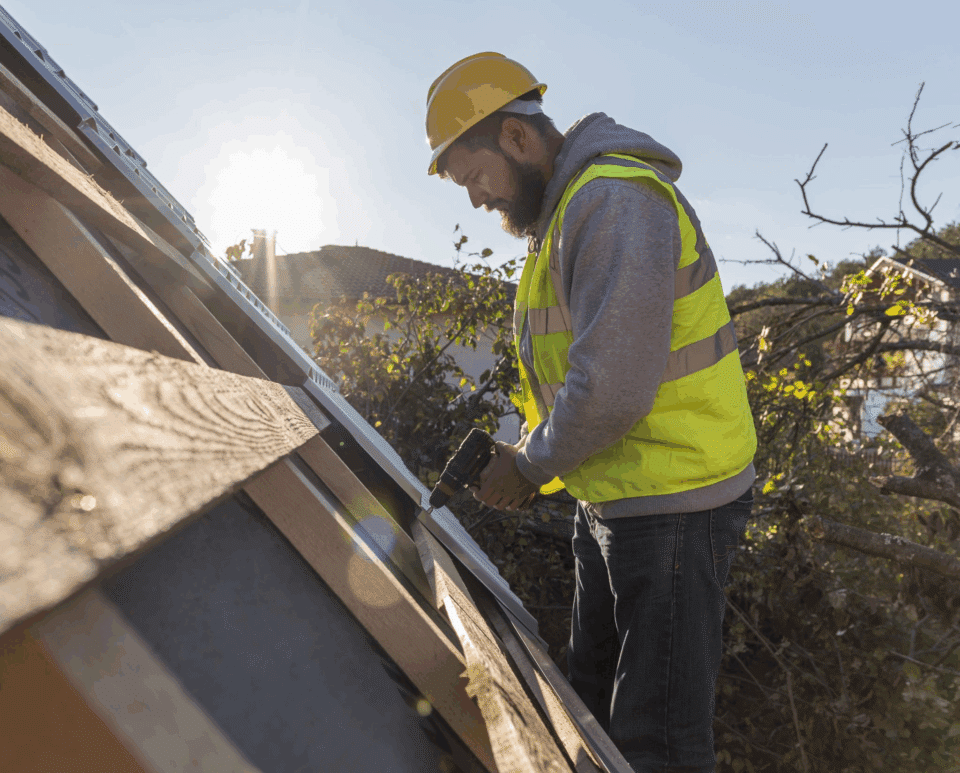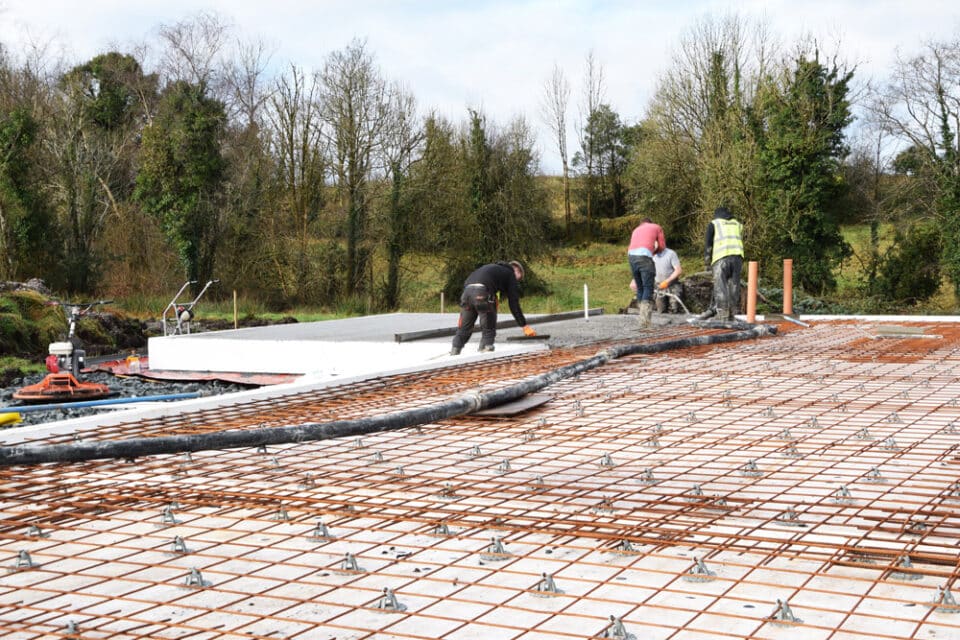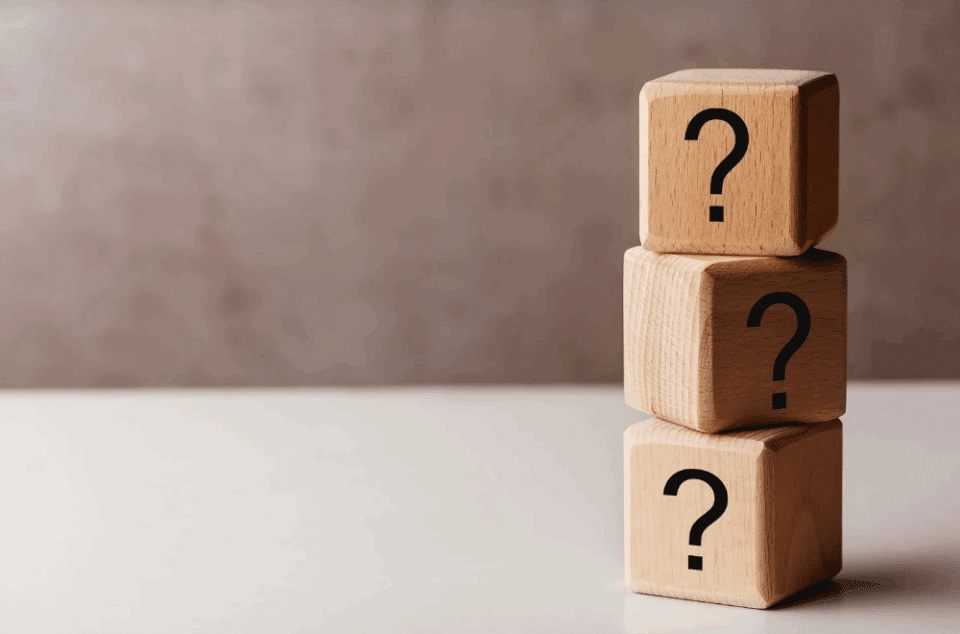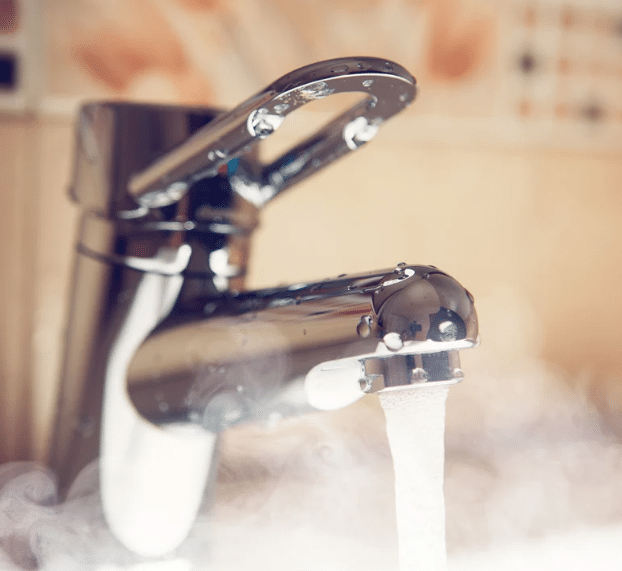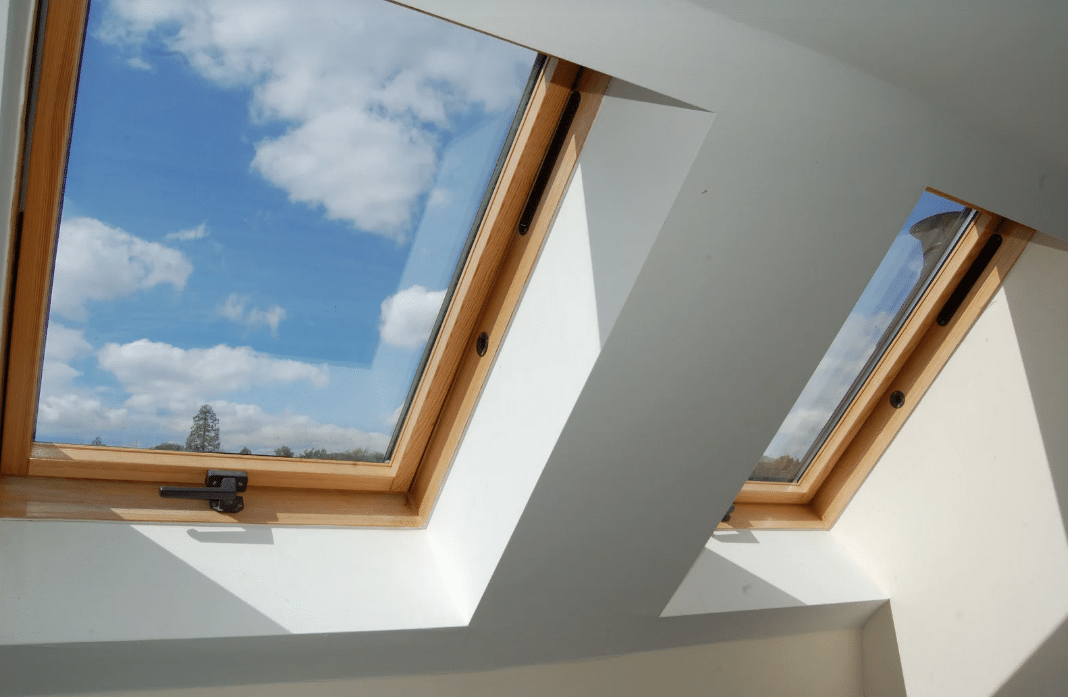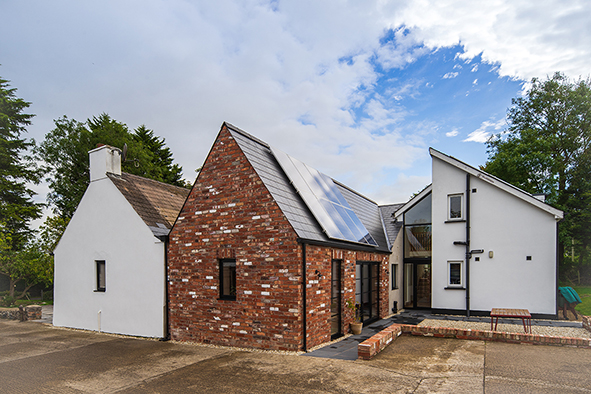Ireland’s temperatures are relatively low, which in turn means evapotranspiration is relatively slow, i.e. you need more plants to process the same amount of waste as compared to other countries with higher temperatures. Therefore such a system uses a lot of land, in the order of an acre for a system that’s 250sqm. The size of the system will also depend on the amount of rainfall in your area.
Constructed wetlands are not new by any means but have only become an option for one-off houses recently. It requires very careful installation and not that many installers are as of yet familiar with it. Indeed, the key to success is professional design and good quality installation. It will take a year or two to establish, so you won’t be able to use the system until then – it should be the first thing you build, before the foundations! But once it’s up and running it’s low maintenance. This will involve some pruning and even coppicing of the willows every three years (free fuel!) and the regular septic tank maintenance requirements, i.e. desludge as necessary.
More on DIY wastewater options here.
Performance and maintenance
People often forget all about their septic tanks once they’ve moved in but they do need to be desludged, generally once every year or every two years, depending on the size and use of the system (see table on page 48). In NI you’re entitled to a free annual desludge from NI Water for a cesspool (consists of a closed chamber that holds the sewage untreated and must be emptied regularly; these are no longer installed), septic tank or packaged system; tel. 0845 744 0088.
Routine inspections include checking mechanical equipment where it is installed and checking pipework for blockages. If that bit of maintenance is looked after, then there’s no reason why it shouldn’t be working fine – and be working for a very long time! If the system has been neglected for too long, however, you may need to replace it.
A visual inspection should give you a good indication of whether or not there might be a leak; if you have any concerns contact the manufacturer. A poorly performing tank is propably creating a health hazard, as it is likely to be polluting you and your neighbours’ land and underground waterways. It is your responsibility to replace your tank where deemed necessary.
If you had a packaged treatment system installed, (they were introduced in the 1990s), you may be concerned that the use of bleach and other chemicals may harm it. While research shows that most households don’t use enough to endanger the bacteria or the electrical components, in large quantities it can and it’s the biggest threat to your sewage system.
Under no circumstances pour paint thinners, e.g. white spirit, turpentine, etc., or motor oil down the drains – this must be disposed of in a dedicated facility (contact your local authority to see where the nearest one is). Do not flush wipes down the toilet; all of this applies to sewage mains as well.
In the case of laundry powder and products such as floor cleaners, make sure to only use as much as the manufacturers recommend. In the case of cleaning products, empty the bucket of dirty water in two toilet bowls to dilute the effects of the chemicals. Antibacterial cleaners should be used sparingly.
After a party, be mindful not to pour down the dregs of beer bottles in the sink all at once – a single pint has the same organic loading as sewage for one day. Instead, run the tap to dilute it, or dispose of half a pint per flush in the toilet bowl.
Grease can be especially harmful to packaged systems (in the case of mechanical and moving parts) so the use of a grease trap may need to be considered. Consult the manufacturer for guidance on maintenance as certain systems are better able to dilute what you flush down the drains than others.
Composting WC
If none of the above methods of dealing with your waste appeal, then there is one more possibility, the composting wc. There is no smell, no splash and no water required because their purpose is to make human waste virtually harmless without using water to flush it away. As you can see from the photograph, they look just like a normal wc, but when you lift the lid of the pedestal, there is no water but instead a chute. Once you have used the wc, you throw a handful of ‘soak’ (a carbon rich material such as sawdust or wood shavings is best), down the chute.
Beneath the chute lies a vented and drained receiving area or chamber, sometimes with a fan as well to counteract any possible smells, although the vent is often sufficient. The exit of the vent is usually covered to prevent flies getting in and there is a drain at the bottom to remove any excess, and, by this stage, inoffensive, liquid. Finally there is an access hatch to remove the accumulated humanure, normally an annual routine. As the majority of human pathogens die within a few months after leaving the body, or are killed by continued high temperature, a composting wc is not as unlikely an option as it may at first appear. The main concerns are the presence of high salt levels now prevalent in our diet which worms and other degrading organisms cannot tolerate, and insufficient water in the waste. Naturally there are health and safety aspects and you should recognise at the outset that a composting wc is not something you should undertake without professional advice. The safest method for disposing of the humanure is to put it in your waste bin. Obtaining a standard that is safe to use on your own garden requires specialist help.
Gillian Corry, Astrid Madsen, additional information: Eoghan Clifford of NUI Galway, NI wastewater industry group www.simm-ni.com; Pat Phelan, Biorock www.biorock.ie; David Best, Klargester www.klargester.ie


